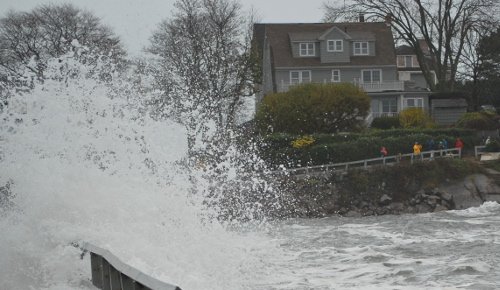Something is probably happening in the climate change communication domain. Take the example of the Risky Business Report, a publication promoted by a bipartisan group of businessmen and politicians (including the former Mayor of NYC, Michael Bloomberg) released in June 2014. What’s new in the report? The focus is more on impacts than on science and highlights threats and costs for our societies. This is an example of a shift in the public discourse on climate change: from uncertainty to risk. This shift is exactly what James Painter, Director of the Reuters Institute for the Study of Journalism (Oxford University), is addressing in his latest research. “Several studies have shown that uncertainty messages about climate science are often an obstacle to public understanding, engagement or action – Painter says – but, at the same time, risk is a difficult way of framing the climate change story for television, which deals in pictures and strong narratives, not concepts or issues.”
So the shift is not easy and requires contributions not only from journalists and media experts, but also from decision makers and scientists. To say it with the words taken from the Republican former Treasury Secretary Henry Paulson: “We’ll never know enough to resolve all of the uncertainties. But we know enough to recognize that we must act now.”
Climate Science and Policy explores the implications of this shift – in particular, from the language of uncertainty to the language of risks – with James Painter in this interview by Laura Caciagli.
Read the full interview on Climate Science & Policy the free digital magazine edited by CMCC.




